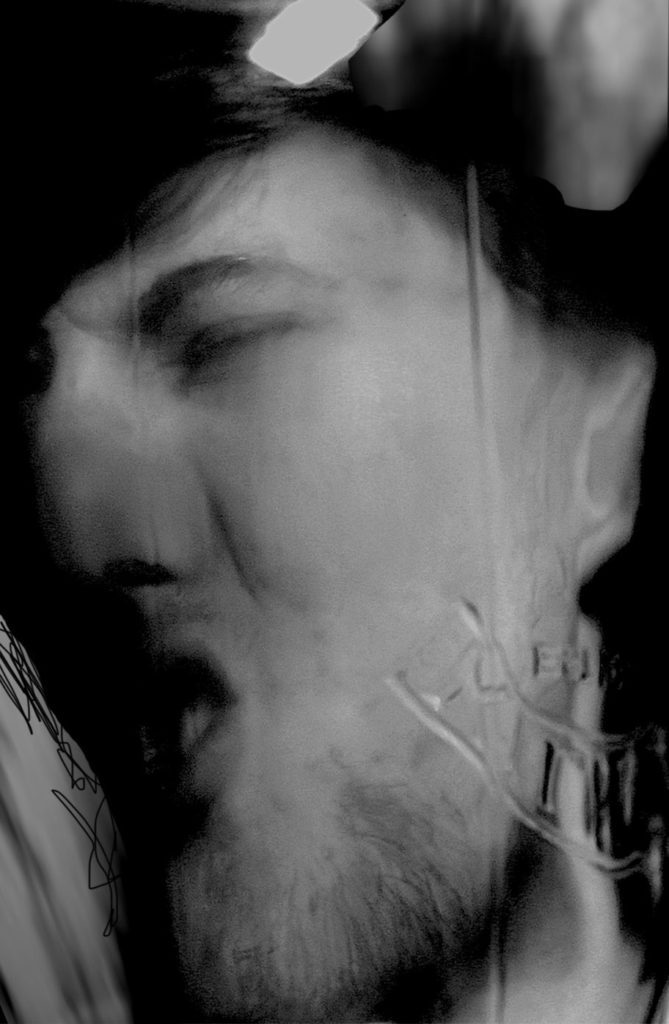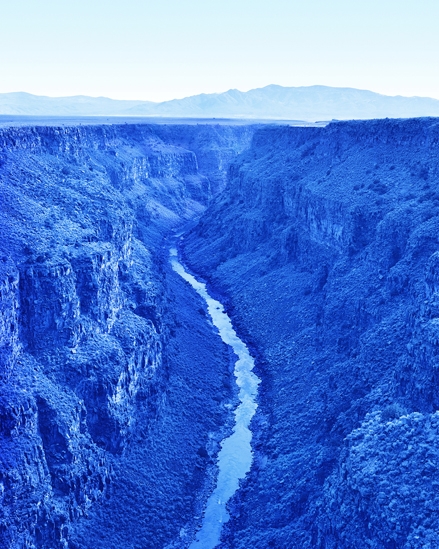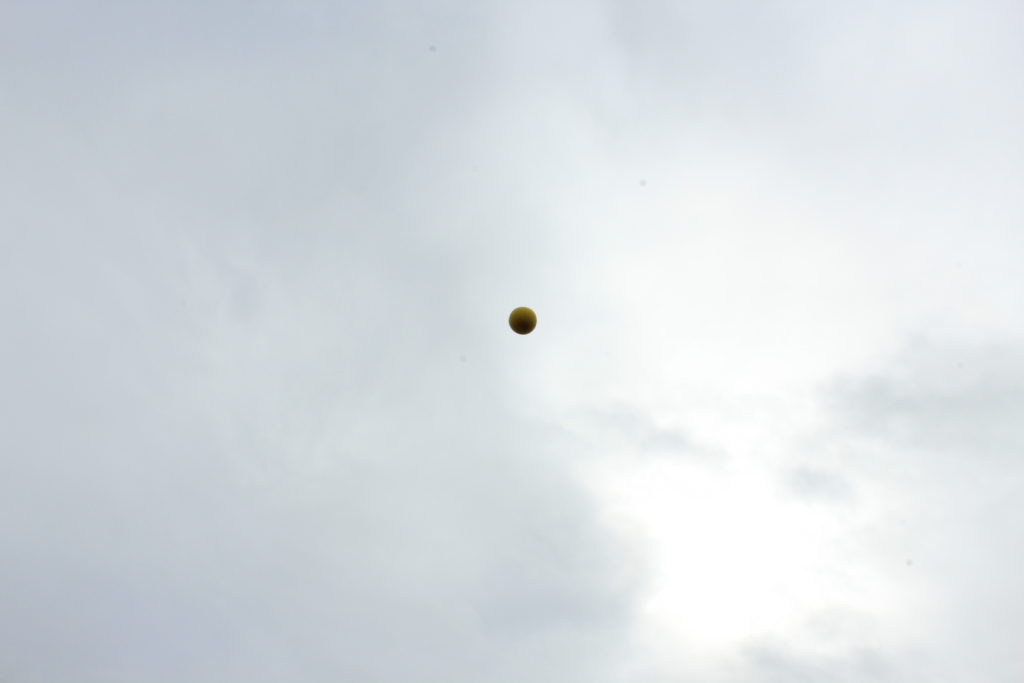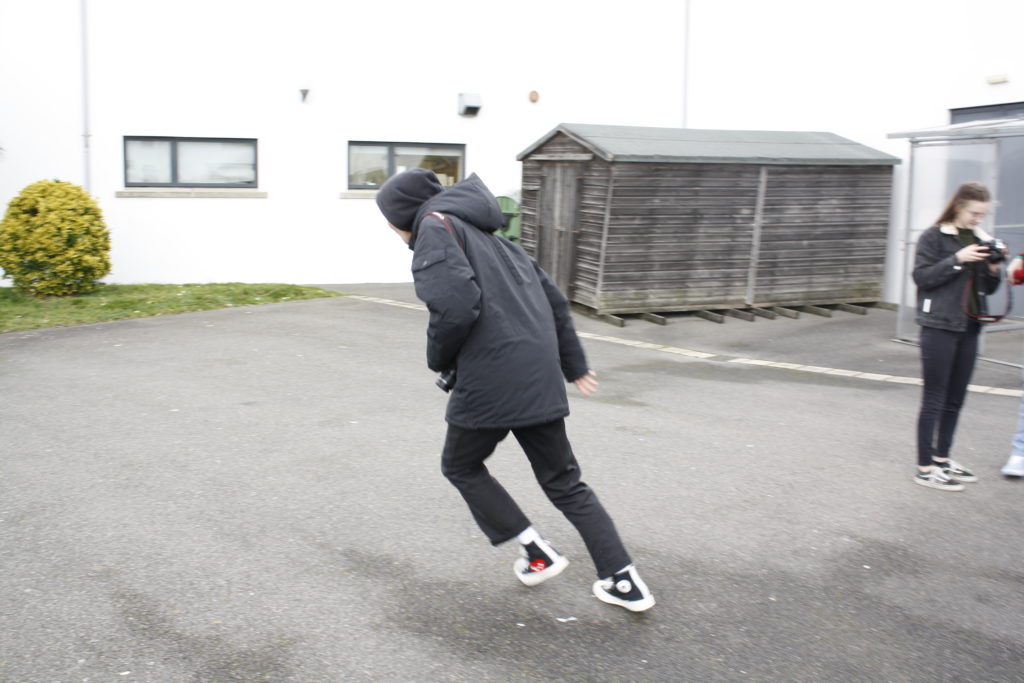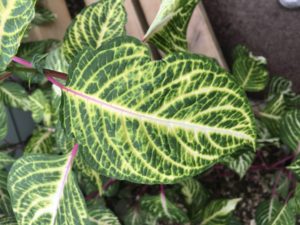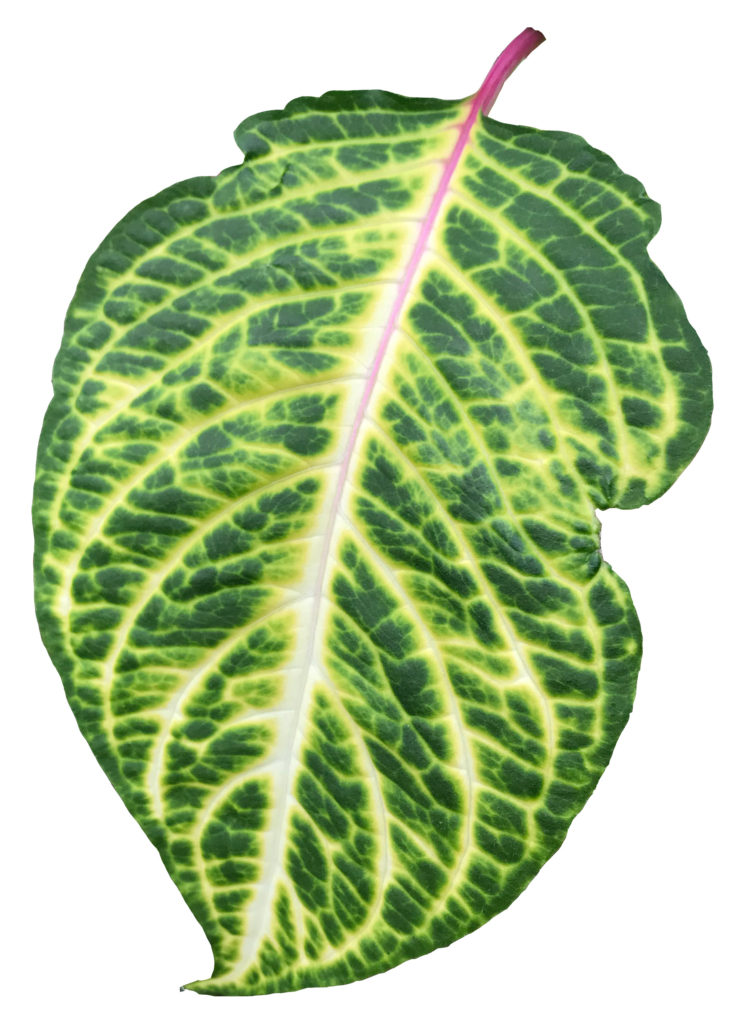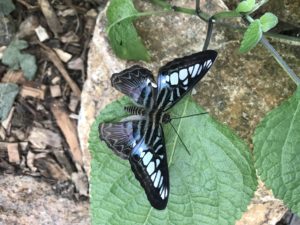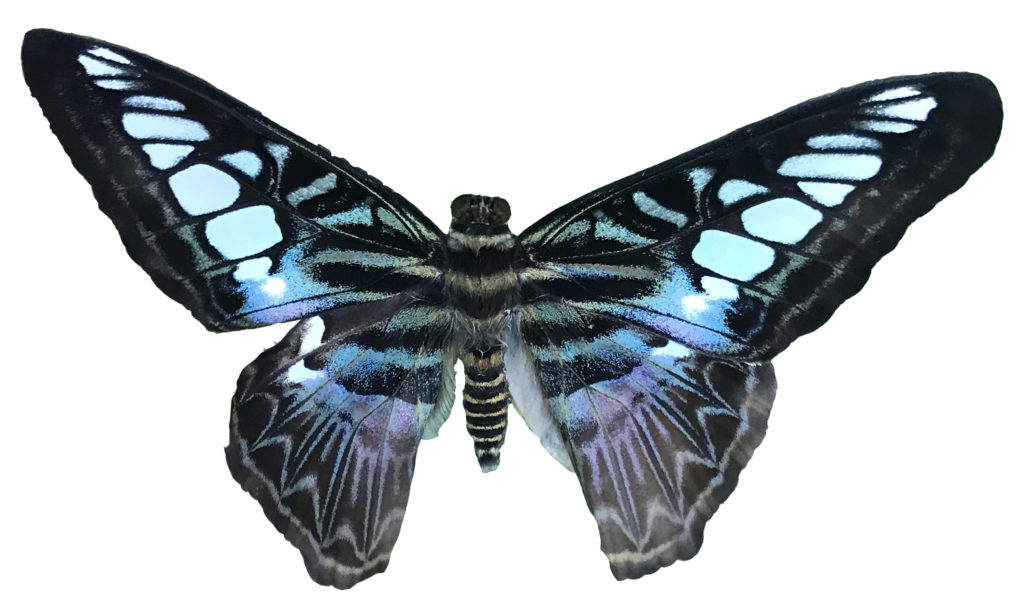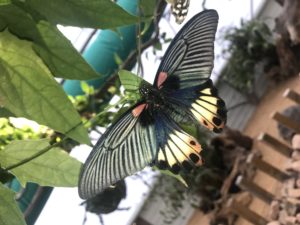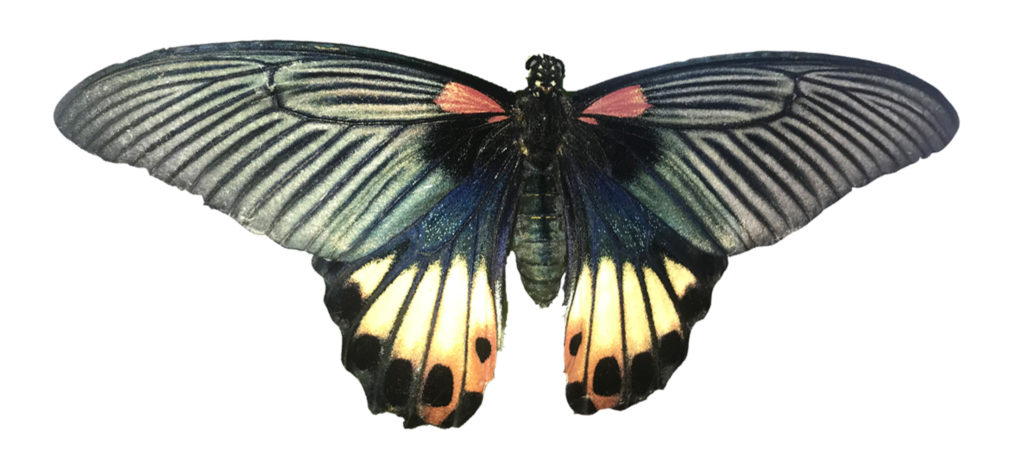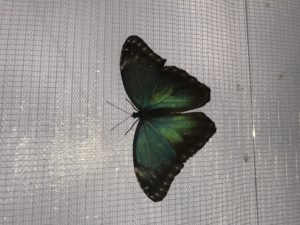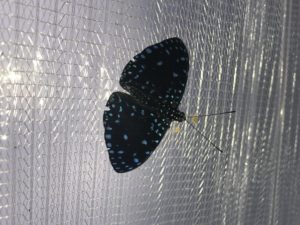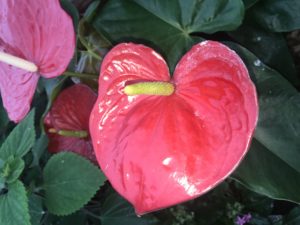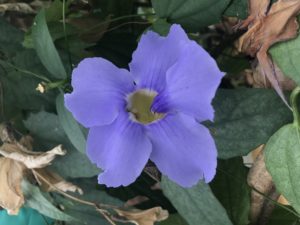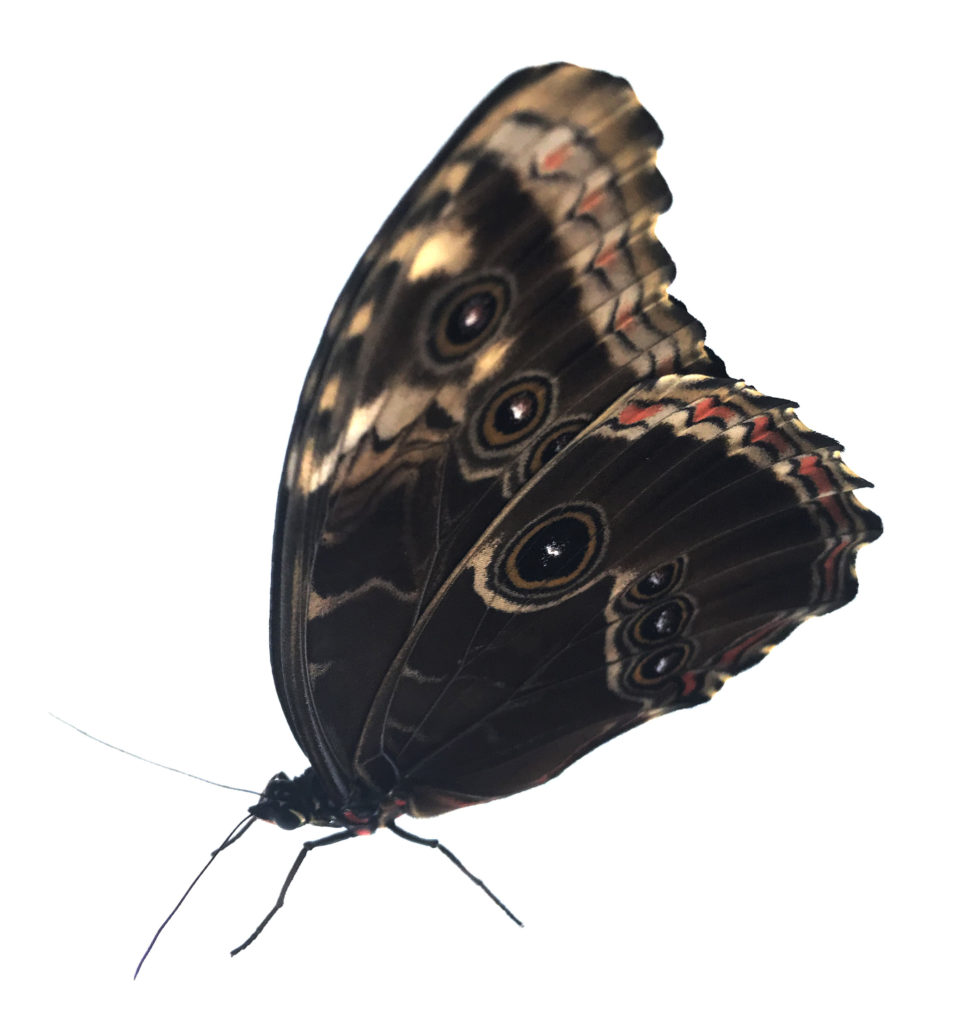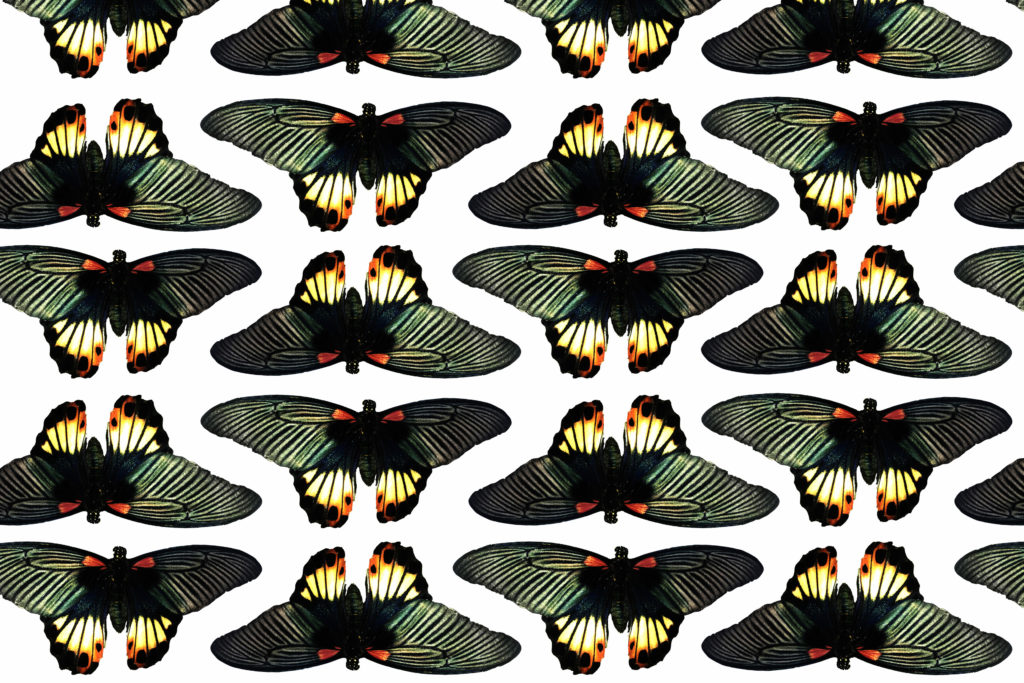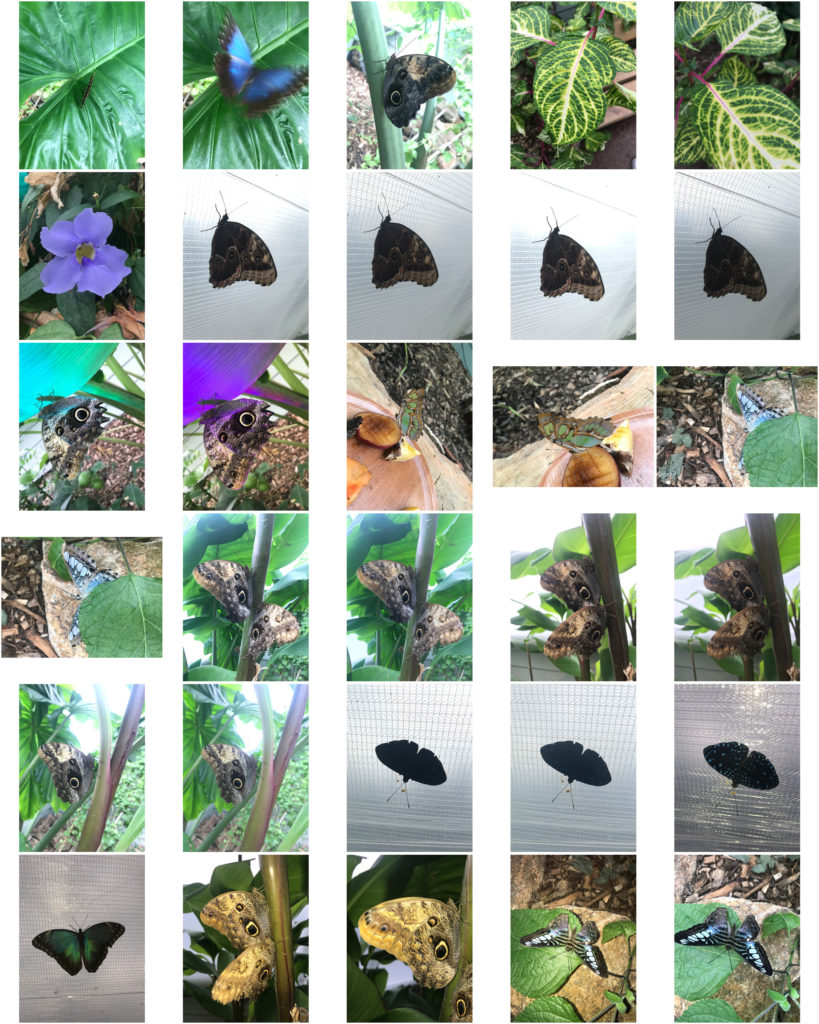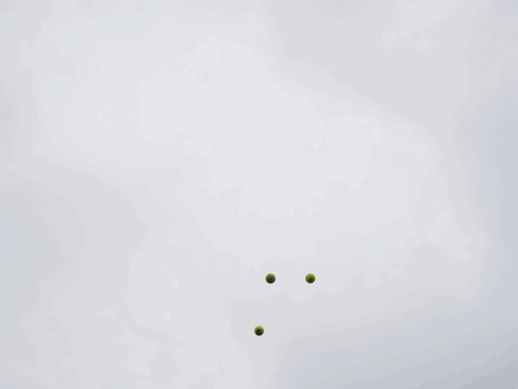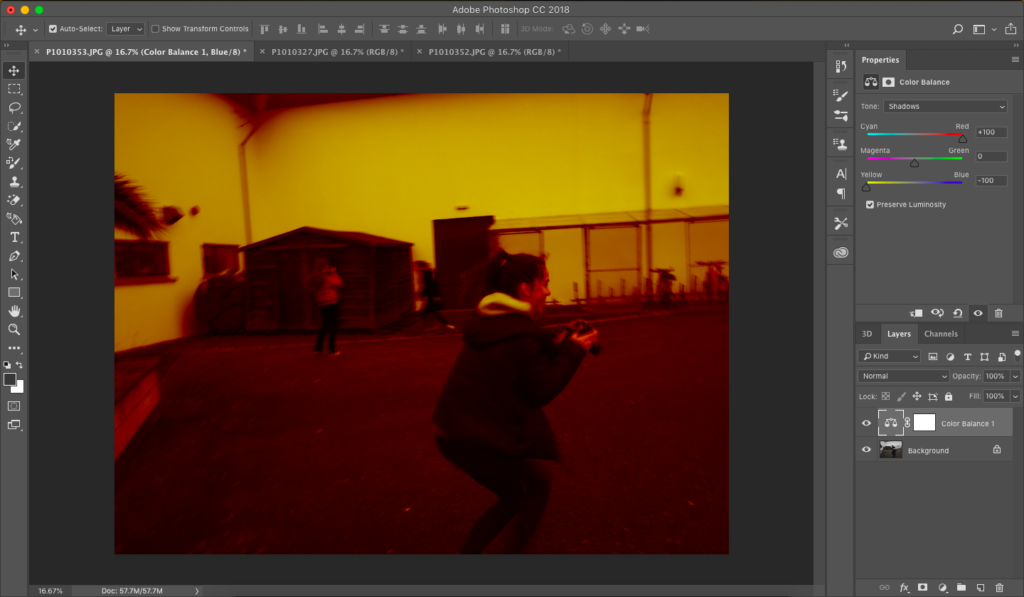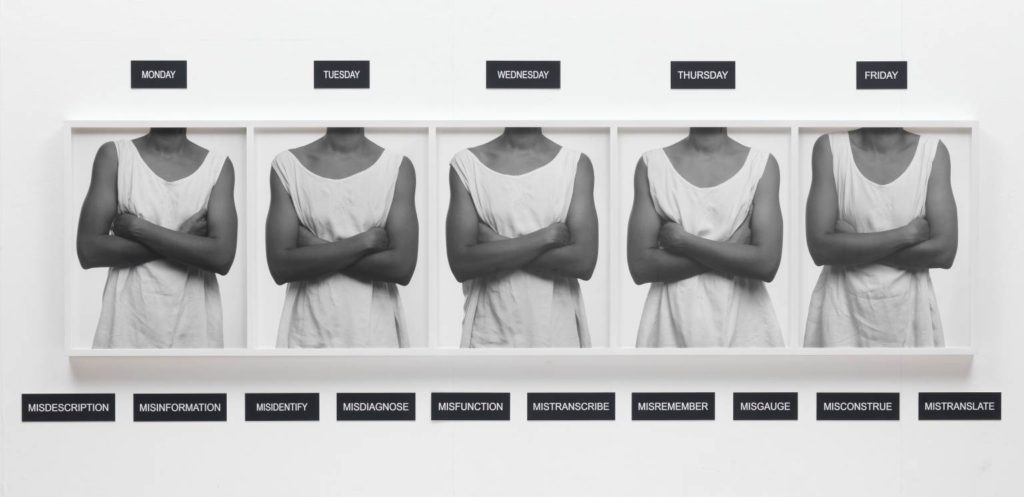Stephen Shore was born in 1947 in New York. He was an only child and lived a privileged existence. With annual trips around Europe, exposing him to new cultures and art. At the age of six, his uncle gifted him a darkroom set. He would use this to develop his families snapshots taken on a inexpensive Kodak Brownie. He had little skills with a real camera until the age of nine, when his mother bought him a 35mm camera.
Shore was using a large format camera (8-by-10 camera, that’s on a tripod, and it produces a negative that’s eight inches by ten inches. ) to ensure maximum exposure and detail.
This photograph of an intersection in Oklahoma is among the image sequence known as American Surfaces, taken on Shore’s first drive across the United States. At the center of the image is the point where two roads intersect, marked by a set of traffic lights and a vertical sign marking the Texaco station visible behind two cars on the right side of the image. The image has been taken late in the day and the lights are bright against the faded blue and orange sky, the dark green of the nature strips and the grey of the road and the foreground parking lot in which crumpled newspapers lie discarded. American Surfaces is intended to be seen as a sequence, in which the minor details of life on the road, including food on tables, beds and televisions in motels and gas stations such as this, build to communicate a sense of the North American interior as an anonymous monotony.











